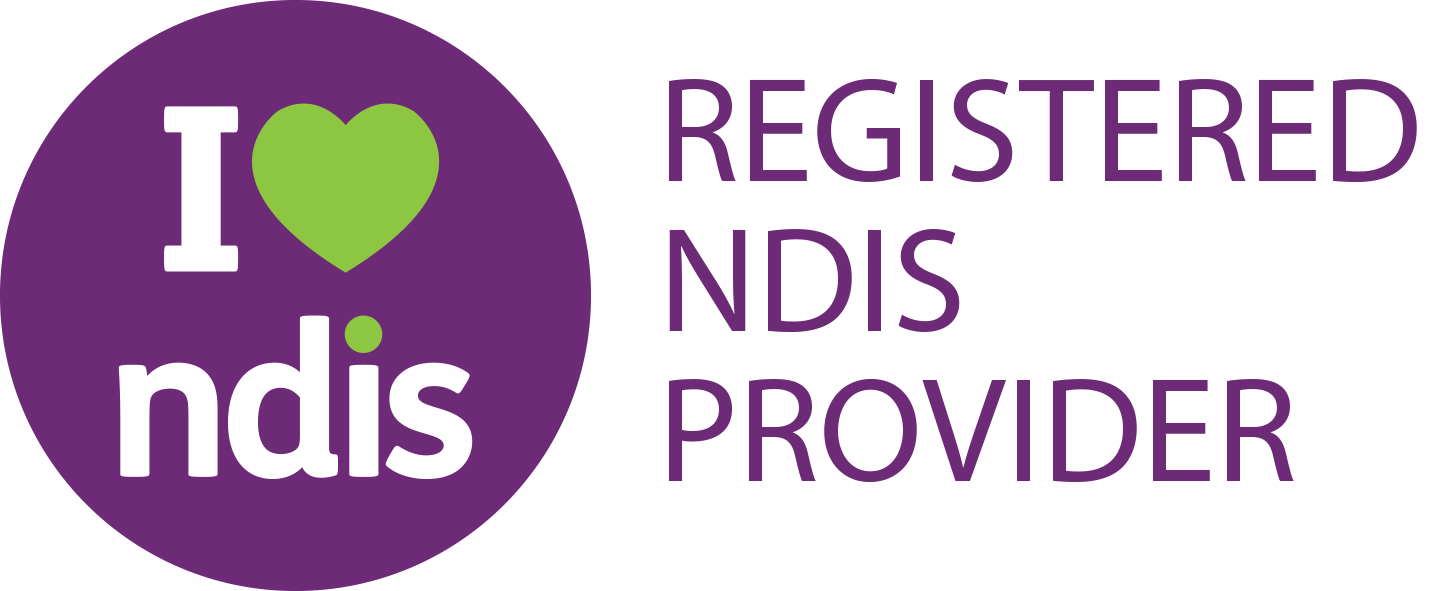Understanding Bipolar Disorder: Types, Symptoms, and Treatment
Advance Minds Blog
A safe space to explore subjects within the community such as mental health, substance abuse and personal identity.
Our safe space also provides the opportunity for real individuals to express their hardships and success through writing.
Understanding Bipolar Disorder: Types, Symptoms, and Treatment

Understanding Bipolar Disorder: Types, Symptoms, and Treatment
Bipolar disorder is a mental health condition marked by extreme mood swings that range from manic highs to depressive lows. Often misunderstood, bipolar disorder affects an individual’s energy, behavior, and ability to function in daily life. With proper treatment, people with bipolar disorder can manage symptoms and lead fulfilling lives.
1. What Is Bipolar Disorder?
- Definition: Bipolar disorder is a mood disorder characterized by shifts in mood, energy, and activity levels that can impact daily functioning.
- Mood episodes: Individuals with bipolar disorder experience manic episodes, depressive episodes, or mixed episodes.
- Chronic condition: Although bipolar disorder is lifelong, treatment helps many people effectively manage their symptoms.
2. Types of Bipolar Disorder
- Bipolar I Disorder:
- Definition: Involves at least one manic episode, which may be preceded or followed by depressive episodes.
- Severity: Manic episodes are intense and may require hospitalization.
- Bipolar II Disorder:
- Definition: Involves at least one hypomanic episode (a milder form of mania) and one major depressive episode.
- Severity: Hypomania is less severe than mania but can still disrupt daily life.
- Cyclothymic Disorder:
- Definition: Characterized by periods of hypomanic and depressive symptoms that last for at least two years in adults (one year in children).
- Severity: Symptoms are less intense but can be persistent.
- Other Specified or Unspecified Bipolar Disorders:
- Definition: Diagnosed when symptoms don’t fit neatly into the above categories but still involve abnormal mood variations.
3. Causes of Bipolar Disorder
- Genetics: Bipolar disorder often runs in families, indicating a genetic component.
- Brain structure and function: Differences in brain structure and neurotransmitter function may contribute.
- Environmental factors: Stressful or traumatic life events may trigger episodes, particularly in those genetically predisposed.
4. Risk Factors for Bipolar Disorder
- Family history of bipolar disorder: Having a first-degree relative with bipolar disorder increases risk.
- High-stress periods: Significant life changes or traumatic events may trigger the onset or worsening of symptoms.
- Substance use: Alcohol or drug use can worsen symptoms and contribute to the onset of mood episodes.
5. Symptoms of Bipolar Disorder
- Manic Symptoms:
- Elevated mood: Feelings of euphoria, extreme optimism, or inflated self-esteem.
- Increased energy: Excessive talking, racing thoughts, and decreased need for sleep.
- Impulsive behavior: Risky activities like overspending, substance use, or unprotected sex.
- Irritability: High energy can also result in agitation or frustration.
- Hypomanic Symptoms: Similar to mania but less severe; does not require hospitalization.
- Depressive Symptoms:
- Low mood: Feelings of sadness, hopelessness, or emptiness.
- Fatigue: Low energy, even after sufficient rest.
- Difficulty concentrating: Indecisiveness and forgetfulness.
- Loss of interest: Lack of motivation or pleasure in previously enjoyed activities.
- Suicidal thoughts: In severe cases, thoughts of death or suicide may arise.
6. Impact of Bipolar Disorder on Daily Life
- Work and academic challenges: Rapid mood changes can disrupt concentration and productivity.
- Relationship strain: Friends and family may struggle to understand or cope with mood shifts.
- Financial or legal issues: Impulsive actions during manic episodes may lead to risky decisions with lasting consequences.
- Health issues: Sleep disruption, increased stress, and potential substance use can worsen physical health.
7. Diagnosing Bipolar Disorder
- Clinical assessment: A mental health professional evaluates symptoms, mood history, and personal/family health background.
- Screening tools: Questionnaires and interviews help identify patterns in mood and behavior.
- Rule out other conditions: Other mental health conditions, like depression or anxiety, may have overlapping symptoms.
8. Effective Treatments for Bipolar Disorder
- Medication: Medication is often necessary to stabilize mood and manage symptoms.
- Mood stabilizers: Medications like lithium or valproate are commonly prescribed.
- Antipsychotics: Used to control symptoms of mania or mixed episodes.
- Antidepressants: Occasionally used for depressive symptoms, typically in combination with a mood stabilizer.
- Psychotherapy: Therapy provides support and coping strategies to manage mood swings and improve daily functioning.
- Cognitive Behavioral Therapy (CBT): Focuses on identifying and modifying unhelpful thought patterns.
- Interpersonal and Social Rhythm Therapy (IPSRT): Helps stabilize daily routines and improve relationships.
- Family-focused therapy: Involves family members to help understand the condition and provide a supportive environment.
- Lifestyle and self-care strategies: Regular routines, healthy sleep habits, and exercise can help manage symptoms.
- Support groups: Connecting with others who have bipolar disorder can provide valuable encouragement and perspective.
9. Self-Management Strategies for Bipolar Disorder
- Track your mood: Keeping a mood journal can help identify triggers and warning signs.
- Set a daily routine: Regular schedules for eating, sleeping, and exercise promote stability.
- Prioritize sleep: Good sleep hygiene helps prevent mood swings, especially manic episodes.
- Avoid substance use: Drugs and alcohol can worsen symptoms or interfere with medication.
- Identify and manage triggers: Recognize situations or stressors that may lead to mood episodes, and develop strategies with the help of a therapist.
10. Supporting a Loved One with Bipolar Disorder
- Educate yourself: Understanding bipolar disorder helps you provide informed and empathetic support.
- Encourage treatment adherence: Medication and therapy are crucial to managing symptoms.
- Be patient and non-judgmental: Remember that mood changes are part of the disorder and not a reflection of personal choice.
- Help recognize early signs of episodes: Work with them to identify warning signs and develop coping strategies.
- Offer practical support: Assist with scheduling appointments, managing daily tasks, or providing emotional support during challenging times.
11. Long-Term Management and Recovery
- Commitment to ongoing treatment: Consistent use of medication and therapy is essential for managing symptoms.
- Monitor progress with a therapist: Regular check-ins help address any changes in symptoms or treatment needs.
- Focus on long-term wellness: Integrate healthy lifestyle habits and develop a balanced social and work life.
- Relapse prevention planning: Work with a mental health provider to identify triggers and establish coping strategies to prevent episodes.
- Practice self-compassion: Living with bipolar disorder is challenging, so be patient and recognize your resilience.
Final Thoughts:
Bipolar disorder can bring significant challenges, but effective treatment options and support are available. Many people with bipolar disorder lead successful and fulfilling lives with proper medical care, therapy, and healthy coping strategies. Understanding and managing bipolar disorder takes time, but with the right tools, individuals can find stability and resilience.
















